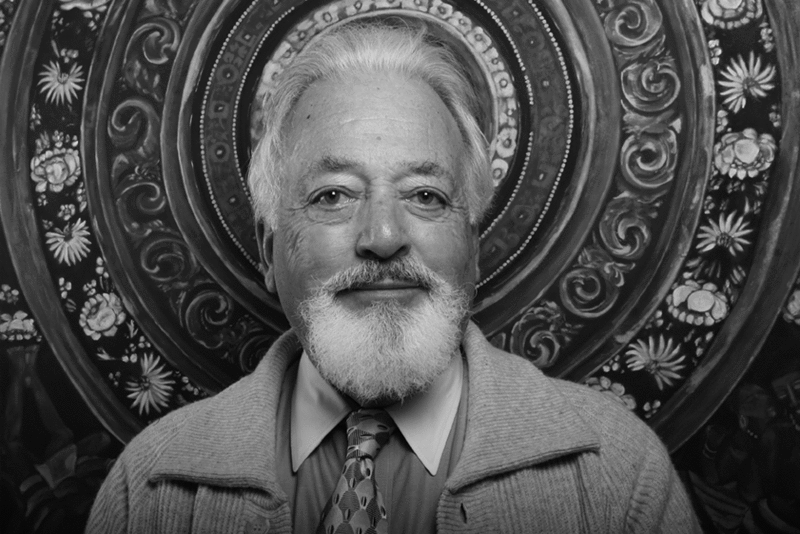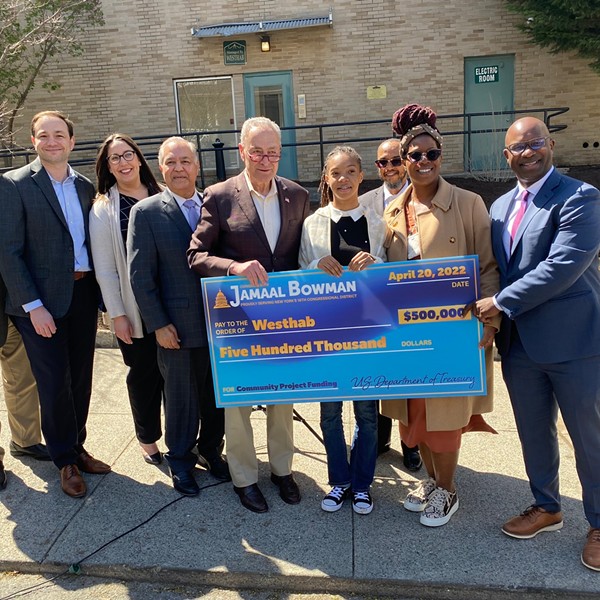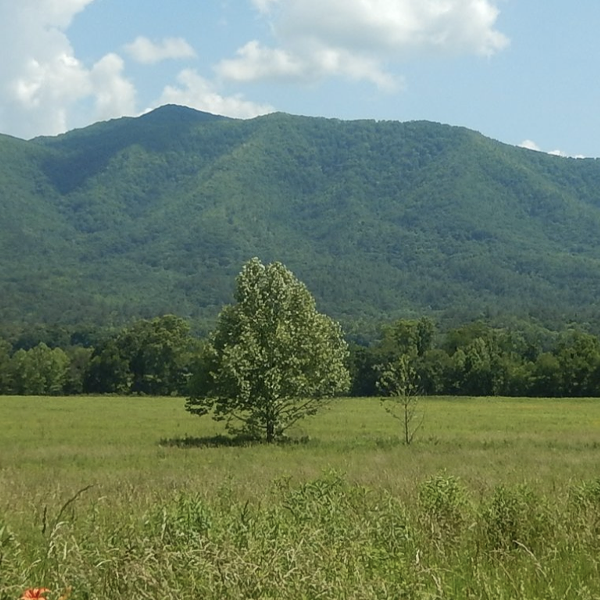In early September, Governor Eliot Spitzer held a news conference announcing that a compromise agreement had been brokered to allow the development of Belleayre Resorts at Catskill Park, a 620-acre parcel on the western edge of the Belleayre Ski Center, straddling the municipalities of Middletown and Shandaken. The project has generated a fair share of controversy as environmental groups and some local residents deemed its size not only damaging to the fragile ecosystem of the Catskill Park (and within 20 miles of two of New York City’s largest reservoirs) but out of place with the rural character of the surrounding communities. (As originally planned, the resort would have sprawled over nearly 2,000 acres with two hotels, a few hundred detached housing units, and two golf courses. The compromise development will have 30 percent fewer housing units, 7.5 percent fewer hotel rooms, 60 percent fewer miles of new road, only one golf course, and no development on the environmentally sensitive eastern portion of the property.) While not all parties are embracing the agreement—a new opposition group formed immediately following Gov. Spitzer’s announcement—politicians and environmental organizations are hailing the modified proposal as “infinitely more sensible and environmentally sensitive than the one unveiled seven years ago,” according to Eric Goldstein, a senior lawyer for the Natural Resources Defense Council.
The man behind the plan is Dean Gitter, who has lived in the region for 40 years, first drawn to the area in the early 1970s as a follower of Swami Rudrananda. Gitter started a Kingston-based regional TV station (WTZA), co-founded the Big Indian Spring Water Company, and runs Catskill Corners, including the Emerson Place Resort and Spa, in Mt. Tremper.
It took eight years of bureaucratic wrangling and a commitment to a significantly downsized development on your part to reach a compromise agreement about Belleayre Resorts at Catskill Park. Were there times when you thought the project would collapse?
I never thought the project would collapse, because it was the right thing for the region at the right time. There were times when I wondered whether I might collapse.
The compromise development agreement between Crossroad Ventures and New York State has been hailed by environmental lawyer Marc Gerstman as “a new paradigm for how large developments should be handled in New York.” You’ve said that you didn’t get everything you wanted in the agreement, but that you can live with it. What was the turning point in the process of negotiation?
Attorney Gerstman’s statement has already proven accurate: Other projected major development projects—particularly one in the Adirondacks—have petitioned the state government for mediation along the same lines of the process we just completed.
We had suggested a mediated process as long as four years ago. We even went so far as to explore possible candidates for mediator, people who had been key players in the negotiations of the 1995 Watershed Agreement. But, as is so often the case in international affairs, until both sides have exhausted themselves, there is little hope for meaningful peace talks.
The turning point for us was the arrival on the scene of Eliot Spitzer, who, even while he was campaigning for governor, said, in a stopover in Kingston, that he was concerned for the economy of the region and felt that the Belleayre Resorts project had to be reconfigured into some form that allowed it to go forward. His designation of Judith Enck, his new deputy secretary for the environment, as chief mediator, was a masterstroke and she was brilliant.
What do you say to critics who state that even the scaled-down project will overwhelm the rural character of the region? How can a large-scale development of this type be reconciled with the existing character of a rural area?
Resorts significantly larger than ours exist all over the country without having disturbed the rural character of their neighborhoods. The Greenbriar in West Virginia springs to mind, but there are many others. The heritage of the Catskills is one of a tourism destination dating back more than a century. The resort is 11 miles from downtown Phoenicia and 8 miles from Middletown. Few of the hamlets are on Route 28, so aside from Highmount —which has no real center—and Fleischmanns, which is desperate for revitalization, it is hard to see the charge that this will overwhelm anything as valid. As an enterprise which will have its own sewer and water, its own road system, its own security department and its own emergency medical staff, the resort will make no demands on public services while still contributing millions of tax dollars to the towns and the fire departments. As for the potential addition of new children to the school system, I am more worried about the current under usage of the school system, the current climate of school closings and the fear that we are losing our young people. That’s a sure sign of the beginning of the death throes of a rural community.
What have you learned from the eight-year process of attempting to bring the Belleayre Resorts into being? What mistakes were made? Knowing what you know now, what would you have done differently?
The objections to our planned development at Big Indian were incomprehensible to us, until it became clear—very late in the process—that the Ashokan Reservoir basin was in worse shape than any of us knew. Had we all established a working dialogue earlier on, we might all have spared ourselves time and resources.
If all goes well, you expect to break ground on the project in fall 2009 and open the hotels in 2010. After the resort is up and running, what’s next for Dean Gitter?
In 2010, I will be 75 years old. I came here 40 years ago to participate in the work of Swami Rudrananda—which I still teach—and perhaps, at the end of the day, I will simply pick up my begging bowl and take to the roads.
What would you like your legacy in the region to be?
Very few of my neighbors have children and grandchildren still living here. If we can provide career paths for young people and induce them to stay in the area after high school, or return to the region after college, we will have restored continuity to countless local families. That would be very satisfying.


















